Blog
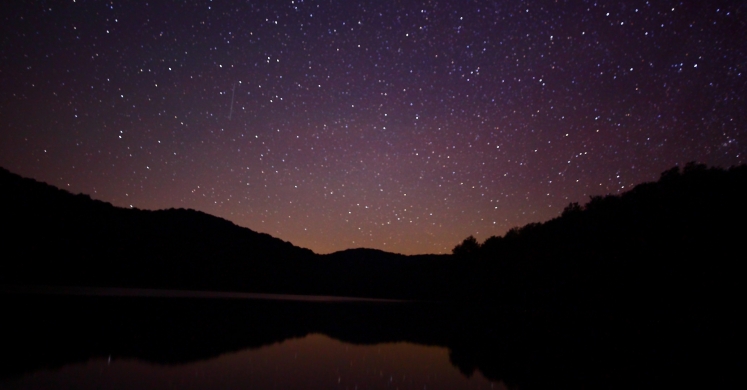
#bioPGH Blog: Starry, Starry Backyard
 A resource of Biophilia: Pittsburgh, #bioPGH is a weekly blog and social media series that aims to encourage both children and adults to reconnect with nature and enjoy what each of our distinctive seasons has to offer.
A resource of Biophilia: Pittsburgh, #bioPGH is a weekly blog and social media series that aims to encourage both children and adults to reconnect with nature and enjoy what each of our distinctive seasons has to offer.
There is something special about looking at the night sky on a cold, clear, winter’s night. It’s like a moment of magic: the quiet and calm of a late evening, nature’s own light display above, and maybe some crunchy snow or frost below. Seeing the stars when near a city can be a bit challenging due to light pollution, but on a brisk evening, the air holds less humidity, making our view a bit clearer than the rest of the year. So while we hold those peppermint mochas and look to the heavens this wintry season, what might we see? Glad you asked — let’s take a look!
First, it’s helpful to remember that the night sky looks different at different times of the year. Our planet Earth makes the ultimate road trip (space trip?) every year traveling some 93 million miles in our orbit around the sun. Depending on where we are in that orbit, some stars around us are visible seasonally, while others are obscured from the brightness of the sun, and some are visible year-round. Throughout history, we humans have been storytellers, and when we have looked the sky, we have found ways to tell stories about those pinpoints of light. Their reliable appearance and disappearance meant they could be used as markers of time for agriculture, war, spiritual events and other human activities. To tell the stories and mark dates, we humans created the concept of constellations — we noted the stars that appeared in approximate shapes that we could identify later and gave those constellations names and backstories.
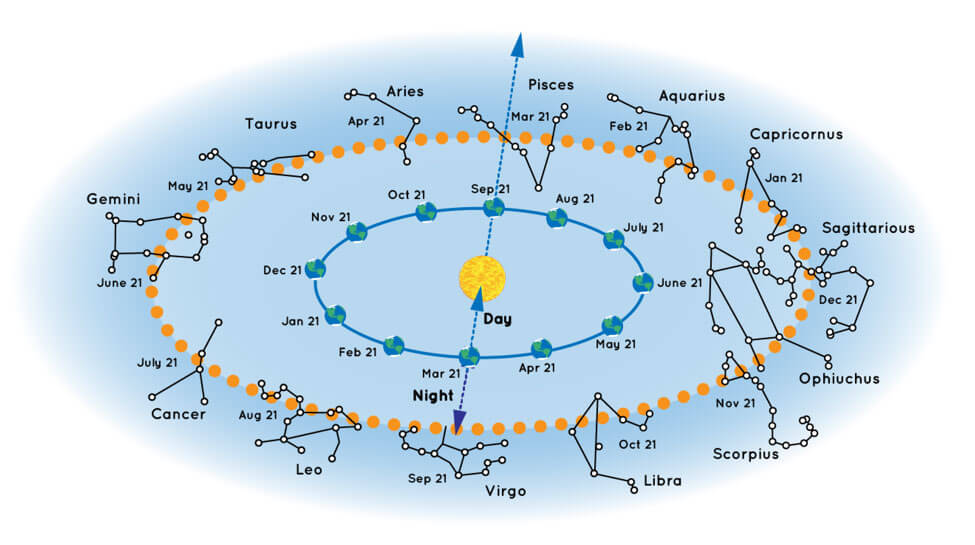
Illustration of how the Earth's position in orbit relates to which stars we see at different times of the year. Photo Credit: NASA
Andromeda
This constellation was named for a beautiful Ethiopian princess of Greek mythology. We can see her northward and near the horizon until approximately January, but be sure to look carefully! Pittsburgh sits at 40.4° latitude, and the cut-off to be able to view this constellation is 40° latitude.
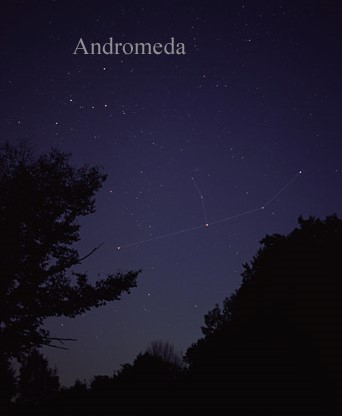
Photo: Till Credner, CC-BY-SA-3.0
Orion
Orion is a classic winter constellation. Moving from the southeast in early evening to the south by around 10 pm, Orion can be spotted most easily by finding the three bright stars that make up Orion’s belt (which is not a kitty collar, in this case.)
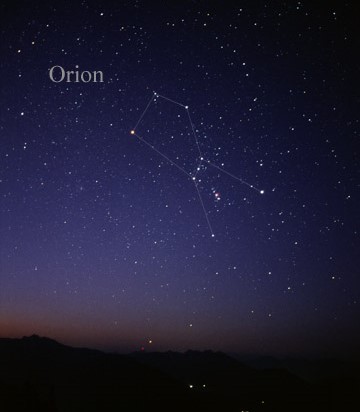
Photo: Till Credner, CC-BY-SA-3.0
Perseus
Well, if we are keeping an eye out for Andromeda, then we should also watch for Perseus. If you look towards the northern sky and slightly east of Andromeda, you can spot the outline of the Greek hero holding the head of Medusa.
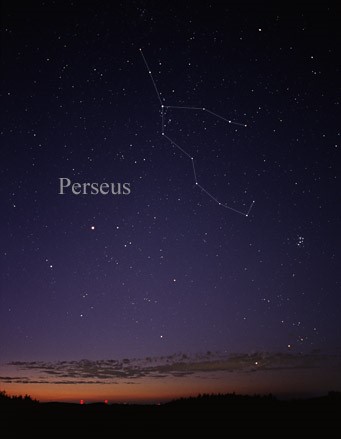
Photo: Till Credner, CC-BY-SA-3.0
Taurus
When you have Orion in sight, the famed bull Taurus sits just to the northwest of the hunter. We currently have a full-night’s view of Taurus, but by March it will be visible only briefly before disappearing entirely for the summer months.
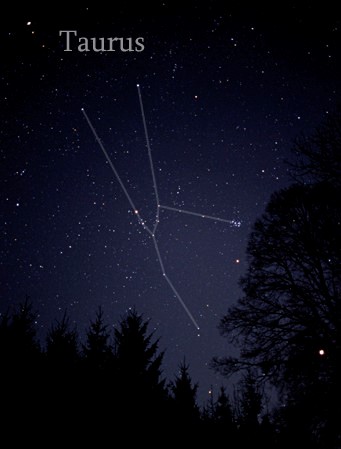
Photo: Till Credner, CC-BY-SA-3.0
The Bears
The combination of Ursa Major (the Great Bear) and Ursa Minor (the Little Bear) are actually visible year-round and are worth knowing no matter the season. If they don’t sound familiar, you may know them by their other names: the Big Dipper and Little Dipper. Though the Big Dipper is larger than the Little Dipper (shocker!), the two constellations are shaped similarly and both sit high in the northern sky. The Little Dipper, though, bears the distinction (get it… “bears”?) of including Polaris, the current north star, or pole star. Because it is bright and sits virtually on top of celestial pole north, it has been useful for navigation for thousands of years. However, eventually the Earth will have shifted enough on its axis that we will have a different north star — but never fear, my fellow directionally-challenged folks; we still have another millennia or so to worry about that.
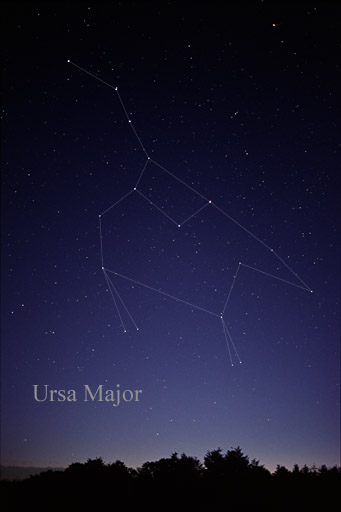
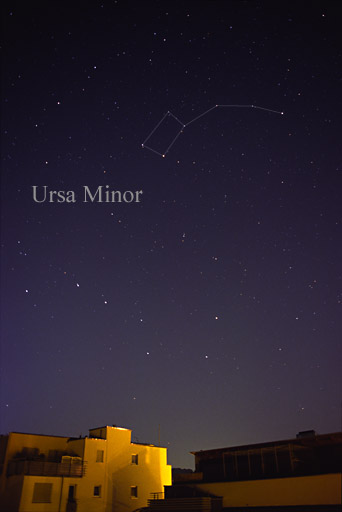
Both photos: Till Credner, CC-BY-SA-3.0
We may have a few cloudy days ahead, but that will just make the stars seem brighter when we finally see them again! So have fun out there, and happy stargazing!
Resources
Encyclopedia Britannica – Andromeda
Encyclopedia Britannica—Perseus
Encyclopedia Britannica - Taurus
Encyclopedia Britannica - Orion
Encyclopedia Britannica - Ursa Major
Encyclopedia Britannica - Ursa Minor
Photo credits: Header, Pixabay; cover, Forest Wander CC-BY-SA-3.0

